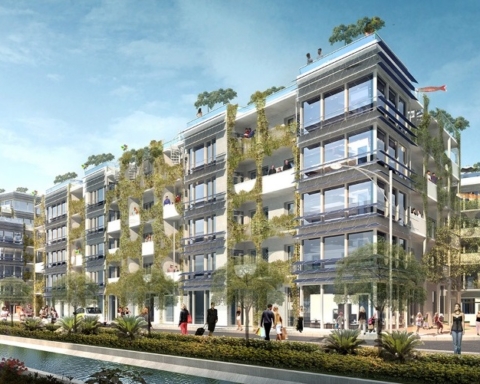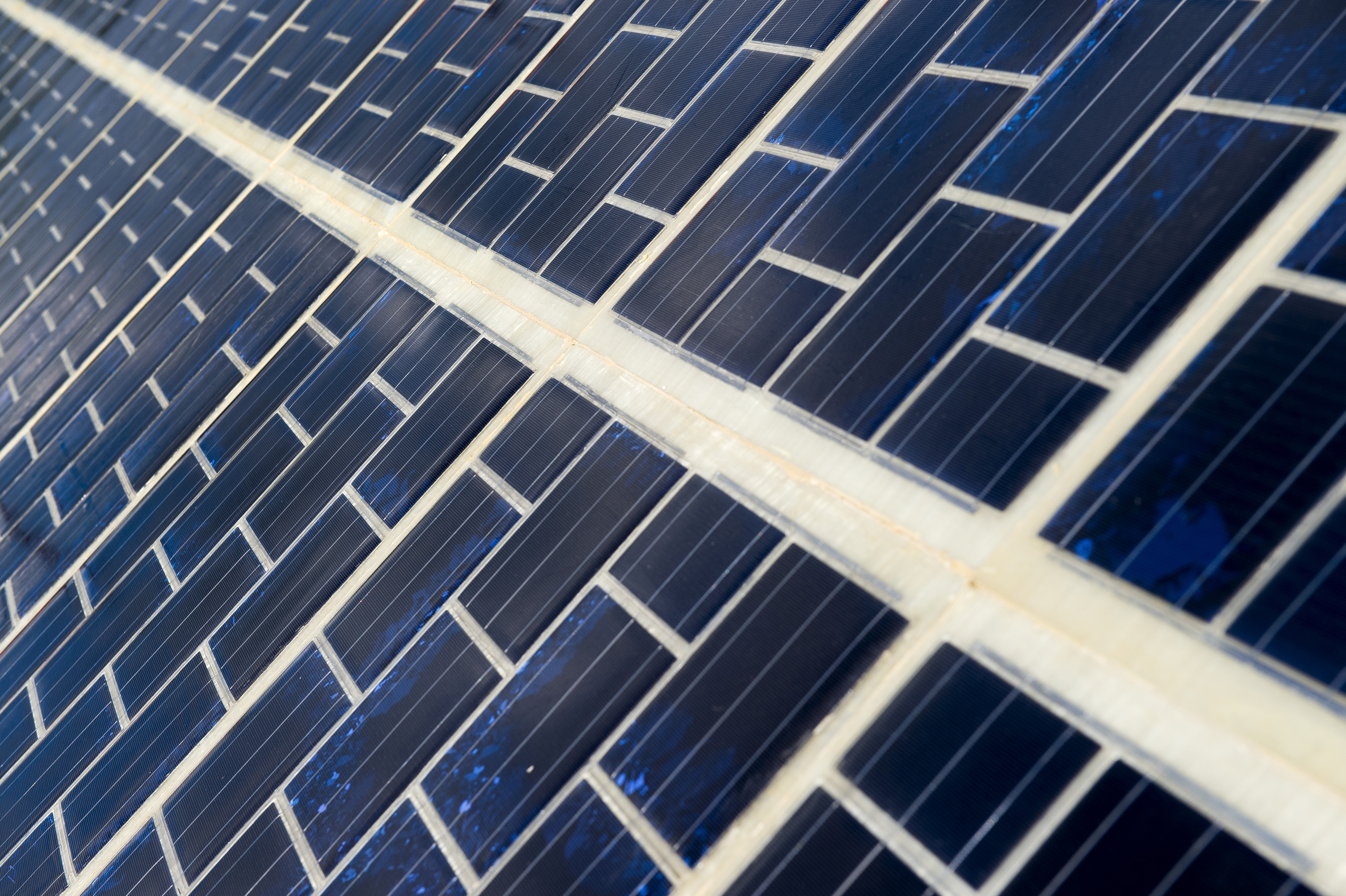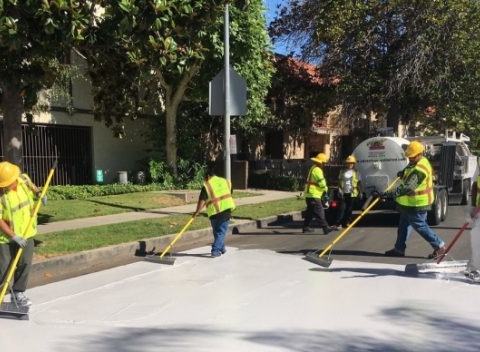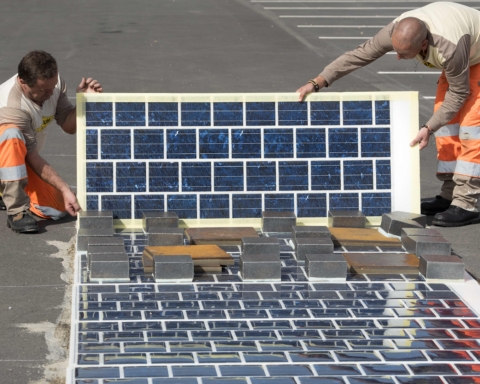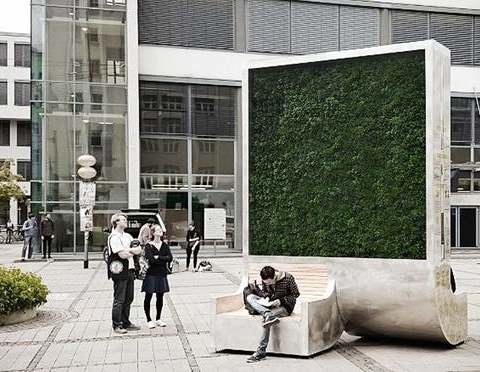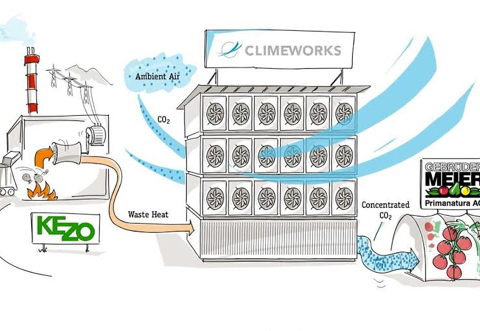It’s not the first time we talk about roads that actually act like large solar panels meant to distribute the generated energy to households, street lighting, traffic systems, and why not — electric vehicles driving over them. The first SolaRoad in the world — a 70-meter long bike path — that converts sunlight into electricity was built in Netherlands in 2014. But France enters the game with a much more ambitious plan of installing 600 miles (or 1,000 km) of solar roads in the next five years. We cannot wait to see it happen, and here’s why: one kilometer only of the roadway paved with Wattway panels will power the streetlights in a town of 5,000 inhabitants.
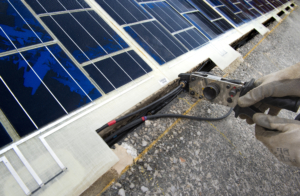
Wattway panels are comprised of photovoltaic cells, which are embedded in a multilayer substrate and collect solar energy via a thin film of polycrystalline silicon that enables the production of electricity. On the underside of the panels there is a connection to a lateral module containing the electrical safety components. But there are several other facts about the Wattway panels that bring them to the top of the innovation list, when compared to other photovoltaics. The panels can be used on any road at any place in the world, are able to bear all types and sizes of existing vehicles, and are just seven millimeters thick but extremely strong and solid. Very important, Wattway panels are installed directly on the pavement, without additional civil engineering work required, such as deconstruction of the road and rebuild.
“Can you imagine our future roads serving not only our transportation and communication needs, but also covering most of our daily energy demands?”
So, can you imagine our future roads serving not only our transportation and communication needs, but also covering most of our daily energy demands?
And doing so in an environmentally friendly way through a renewable energy source. France’s big project, when passes the trial stage and once completed, will be supplying electricity to five million people. But this is just the beginning of the roads of the future, which have the competence to evolve into smart roads, and transmit live traffic information.
France’s goal is to design high-impact transportation environments by applying the idea of solar roads to bigger scale projects than what they were initially conceived for — pedestrian walkways, sidewalks and cycling routes. Although admittedly there is still research and testing in progress, in terms of the long-term vision there definitely will be benefits and positive implications in the battle to stop climate change.




